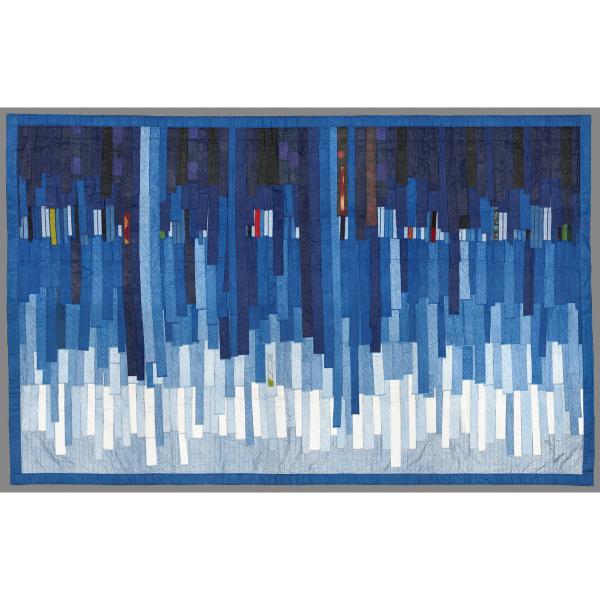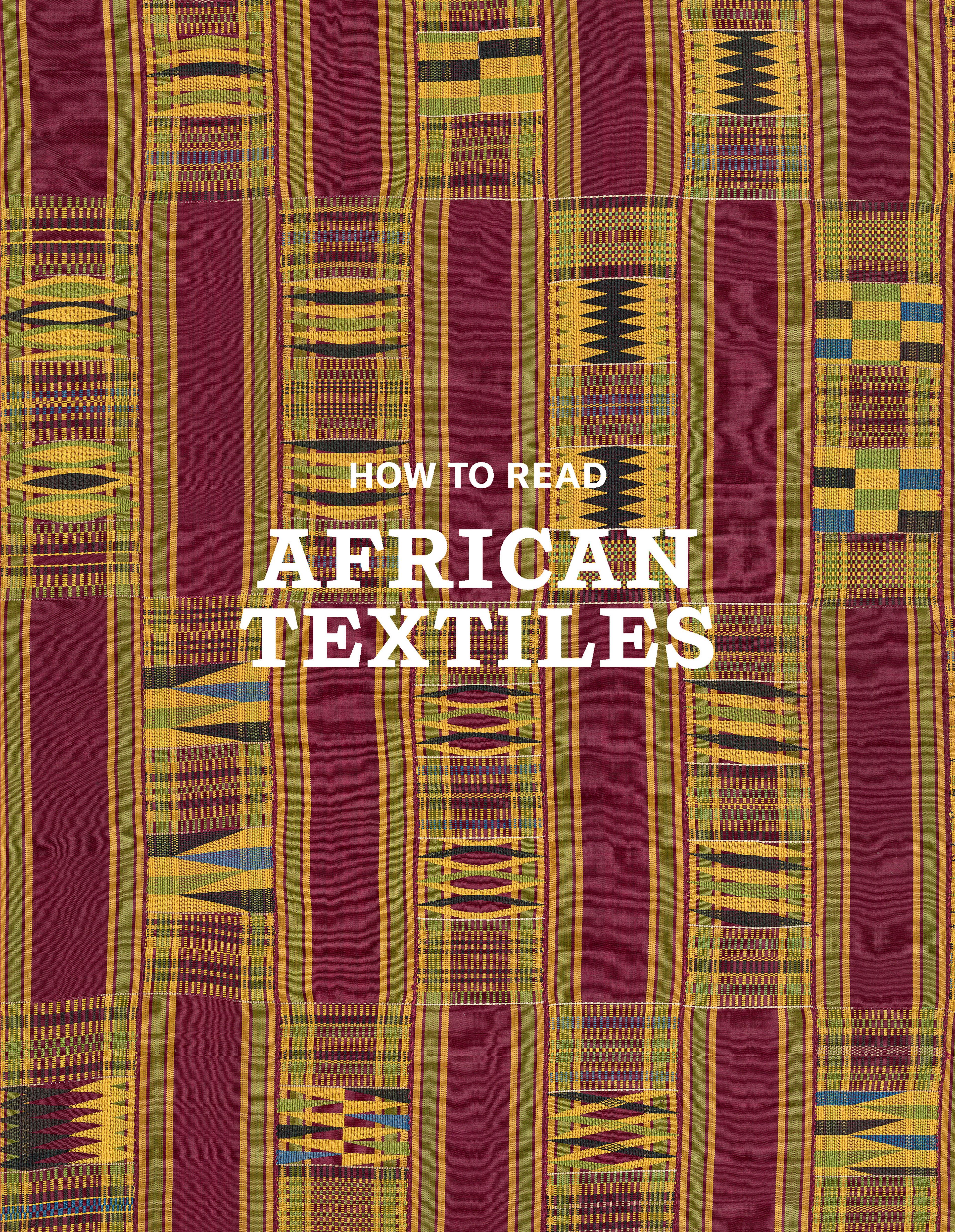Bleu no. 1
At the source of Konaté’s inspirations are West African artistic traditions and his own childhood memories of the Sahara. Decades after formally training as a painter in Havana, Cuba, he founded a fine arts program in Bamako to mentor a new generation of artists in Mali. Konaté deploys cloth to address issues such as the roles of faith, conflict, and the HIV/AIDS epidemic in contemporary society. His ambitious creations, realized with a team of assistants over the course of many months, are composed of thousands of hand-cut fabric strips. Recognized internationally, his works have been presented at the Centre Pompidou in Paris and at major contemporary art venues in Dakar, Venice, and Kassel.
Artwork Details
- Title: Bleu no. 1
- Artist: Abdoulaye Konaté (born 1953, Diré, Mali)
- Date: 2014
- Geography: Mali, Bamako
- Culture: Malian
- Medium: Cotton, dye
- Dimensions: H. 92 1/8 in. × W. 12 ft. 1 1/4 in. (234 × 368.9 cm)
- Classification: Textiles
- Credit Line: Purchase, William B. Goldstein and Holly and David Ross Gifts, 2015
- Object Number: 2015.94
- Curatorial Department: The Michael C. Rockefeller Wing
Audio

1534. Bleu no. 1, Abdoulaye Konaté
Abdoulaye Konaté
ABDOULAYE KONATÉ (English translation): The textile in Africa has been there for centuries. When we look even from the work of Malian and Dutch archaeologists who excavated the caves of the Dogon cliffs, we see very ancient textiles from the eleventh and twelfth centuries that are still in the caves.
ANGELIQUE KIDJO (NARRATOR): That’s contemporary artist Abdoulaye Konaté who lives and works in Bamako. Africa’s magnificent textile traditions have been a point of reference to him both as part of daily life and in galleries like these.
ABDOULAYE KONATÉ (English translation): Museums give us the opportunity to discover and draw inspiration from our cultures, universal cultures, not just from Africa but from around the world. I seek elements of inspiration. I place particular emphasis not only on objects from Mali, but on objects from around the world, because I believe that today, the chance we have compared to other artists from the past is that the world is open to us.
ANGELIQUE KIDJO: Konaté reflects on the aesthetic dimension of color, which spans art, history, and nature, demonstrating color’s vital role in the variety of textile creations of West Africa.
ABDOULAYE KONATÉ (English translation): Color is important to me. With textiles, we can have all the colors we want and use in painting. Color, for me, is as important as the content, as the forms, because it’s an effect of light that gives us this variety, this richness, this range. Color, for me, is also an observation of nature, insects, bees, butterflies, flowers, but also the cosmos. So, color for me has weight, value, and space, and color allows us balance.
More Artwork
Research Resources
The Met provides unparalleled resources for research and welcomes an international community of students and scholars. The Met's Open Access API is where creators and researchers can connect to the The Met collection. Open Access data and public domain images are available for unrestricted commercial and noncommercial use without permission or fee.
To request images under copyright and other restrictions, please use this Image Request form.
Feedback
We continue to research and examine historical and cultural context for objects in The Met collection. If you have comments or questions about this object record, please contact us using the form below. The Museum looks forward to receiving your comments.
